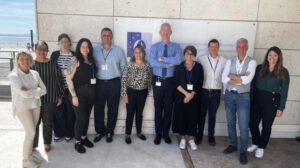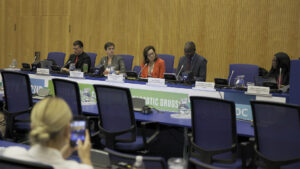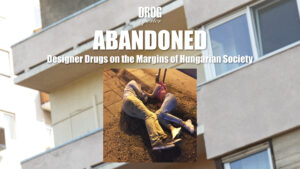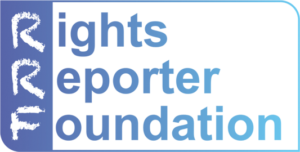On 6-10 July, 2015, fifteen activists participated in video advocacy training provided by the HCLU and the Indonesian Drug Users’ Network (PKNI) in Jakarta, Indonesia.
In July 2015, we worked together with the PKNI to hold video advocacy training for fifteen participants, who arrived from 10 different cities in Indonesia. Most participants were either current or former users of illicit drugs, some of them on substitution treatment, others, professional outreach workers or activists, but they all have a common goal: To fight against the new drug war launched when the Joko Widodo government declared a national drug emergency earlier this year, citing faulty statistics from the National Narcotics Board, and executing 14 people for drug offences.
 After practicing interviewing in front of a methadone clinic in Jakarta.
After practicing interviewing in front of a methadone clinic in Jakarta.
 Practicing interviewing and composition on each other.
Practicing interviewing and composition on each other. Learning editing.
Learning editing. The PKNI Staff.
The PKNI Staff.





